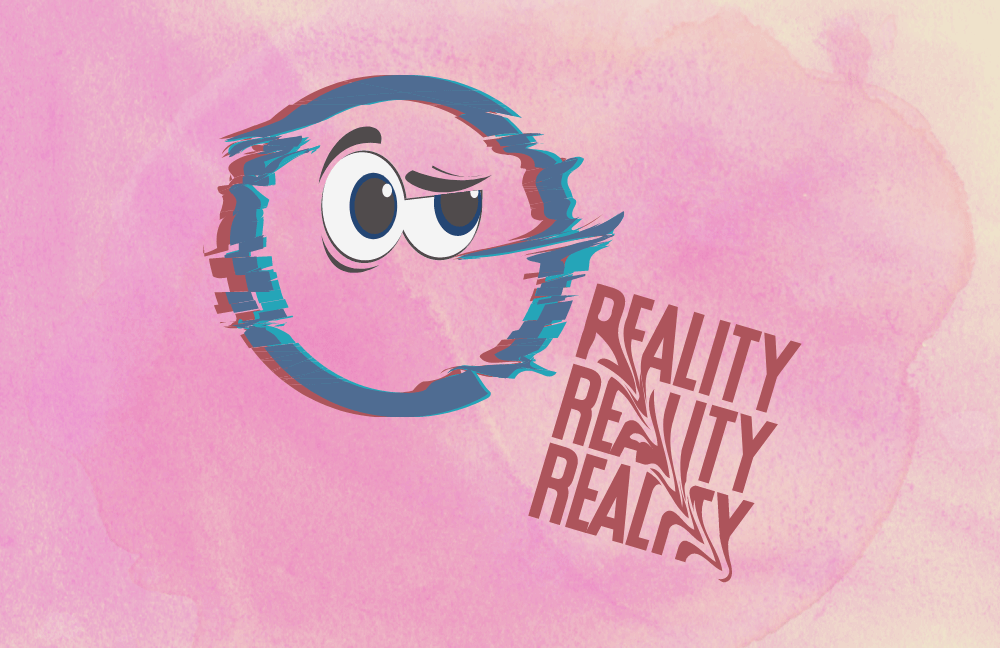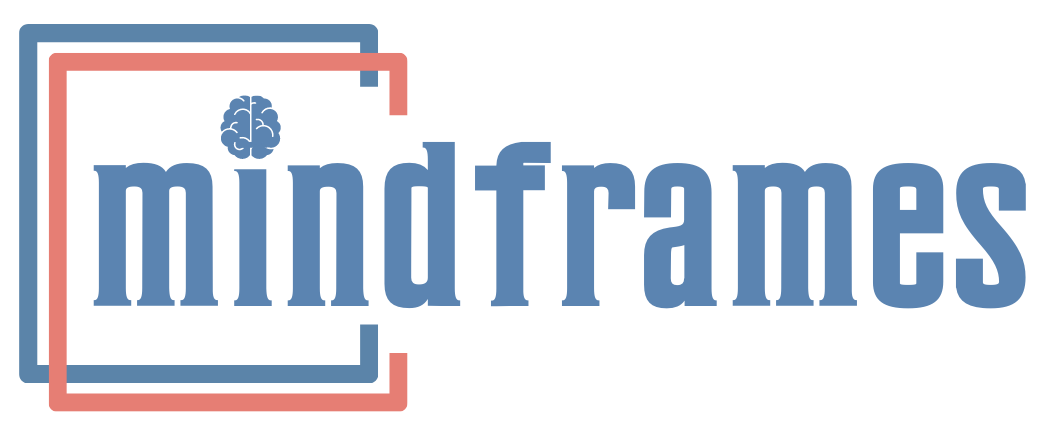Multiple Intelligence Workshop
Traditional vs. Multiple Intelligence
Intelligence is the acquired ability to grasp concepts, retain them, and utilize them for solving complex problems, immediately as well as in the future. Contrary to popular belief followed in school and life; intelligence is only very slightly related to academic grades and performance. It does remain true that these grades are the brightest reflection of children’s theoretical abilities. It is only kids with such grades who get into leading universities and have enhanced educational opportunities; which again improve prospects for a brighter and secure future.
But traditional intelligence could miss the other dimensions that multiple intelligence encompasses. It is a constant endeavor of all parents and teachers that their children should be ‘intelligent’ and excel in academics to reach their zenith of success in education and life. However, the nomenclature and classification of intelligence in reality is more profound than mere academics. Children can benefit if parents and teachers acknowledge this.
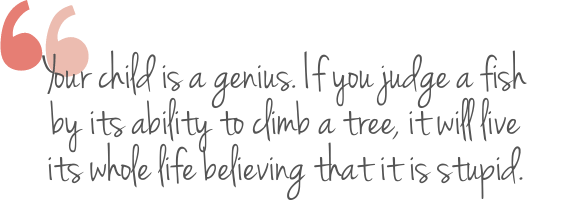
Multiple Intelligence dimensions
Intelligence Type
- Intrapersonal – Self smart
- Interpersonal – Other smart
- Linguistic – Word smart
- Mathematical – Logic smart
- Kinesthetic – Body smart
- Visuospatial – Space smart
- Naturalistic – Nature smart
- Musical – Rhythm smart
- Existential – Purpose smart
Intelligence Skill
- Awareness of personal strengths
- Ability to empathize with people
- Fluent speech and communication
- Logical and problem-solving ability
- Proficiency with body movement
- Design talent; using the mind’s eye
- Loves nature and the environment
- Appreciation for and making music
- Capacity to see purpose in things
9 Dimensions of Intelligence
People who have a mastery over sound, play an instrument, and compose music effortlessly; tend to learn best by listening. Others visualize things with their mind’s eye and have more spatial intelligence. Several have a flair for linguistic and language-based tasks while others like calculative, logical and mathematical missions. Athletes, dancers and musicians are in great control and have power over their bodily movements. Children with heightened sensitivity to others moods have interpersonal intelligence and may grow up to be good counselors or leaders.
Other kids have intrapersonal abilities and they are composed, calm, and actualized individuals who could eventually be motivators and writers. Nature focused and environmentally intelligent children toil to preserve and conserve natural life; while existentially children people add their spiritual and religious cognizance to color the picture of others’ lives. It takes all 9 colors to conceptualize this rainbow of the human intellect. Regular school education protocols may not cover all of these. Hence added awareness and training for children, parents and teachers could help.
Building Multiple Intelligences in Children
Some children innately are sounder in one intelligence dimension over the other. If children as well as parents and teachers are made aware of this competency, it can be exploited to enhance learning and development in the child. The Multiple Intelligence workshops involve fun filled activities that tap different intelligence dimensions and these arouse the child’s curiosity and tenacity for each. Once these are identified, parents and teachers are tangled in to enhance their own appreciation of their children’s talents. Tips and techniques are suggested to bolster the child’s strengths and fortify their limitations. The learning process thus becomes holistic.
Intelligence: Beyond the Ordinary
Logic and reasoning have long been famed to get children ahead in life, but they cannot explain why some kids are cut out for being around people while others are designed to be solitary. The former will engage in group tasks and grow up to lead an event management business while the latter might choose creativity or research which allows them to spend more time with themselves. And yet both kinds of children will successfully accomplish their life goals. But if they are pushed reversibly, one for the other, they both would fail.
Many people label these different intelligences as aptitudes. Intelligence is however the ability to use external and internal information to make meaning of the world, in order to grow and excel. It’s about time we adapt a more objective application of these learning principles to identify the areas in which our children are excelling or lacking; so that appropriate steps can be taken to enhance their prowess and improve their deficits.
MindFrames: Reframing Intelligence
Knowing your children’s learning style and encouraging them to master skills they were naturally designed to gleam in, eases the choice between excellence, or frustration in their performance. Intelligence is about thinking autonomously; reacting to life responsibly, and putting in the most in order to get out the best. We need the right metrics to understand our children’s potential. Else we’re pushing them into an incessant rat race, which even if they win, they’ll still just be rats. And as parents, teachers and their well-wishers, we don’t want that.
Children are our future. They have an enormous capacity to transform the world for better or worse. We owe them the tools, infrastructure, training and guidance to be a potent force for virtue in society. Our workshop on multiple intelligence aims to tap the diverse intelligences and make suggestions that enable personality evolution.
All the MindFrames workshops are educative, informative and evidence based in content; and yet informal, enjoyable and fun filled in their delivery. These can be conducted in schools, be directed at children or parents, and can also be conducted in private small groups. We focus on the child’s core and hope to engender confident, self-reliant and resilient leaders of tomorrow. Connect with us to discuss the individual training and workshop options and let’s work together to enhance parent and teacher participation, and holistic child development.
Dr Shefali Batra works with teenagers to help with optimal lifestyle, career, mood and behavior choices. She is a Feature Writer in India’s Teen Zine called Teenager Today.


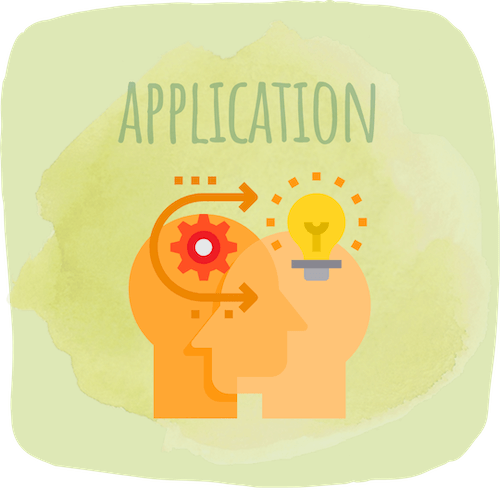

References
- Shearer B. (2018). Multiple Intelligences in Teaching and Education: Lessons Learned from Neuroscience. Journal of Intelligence, 6(3), 38. https://doi.org/10.3390/jintelligence6030038
- Shearer, C. B., Karanian, J. M., (2017). The neuroscience of intelligence: Empirical support for the theory of multiple intelligences? Trends Neurosci. Educ.;6:211–223.
- Gardner, H., (1993), Frames of Mind: The Theory of Multiple Intelligences. Basic Books; New York, NY, USA.
Latest Posts
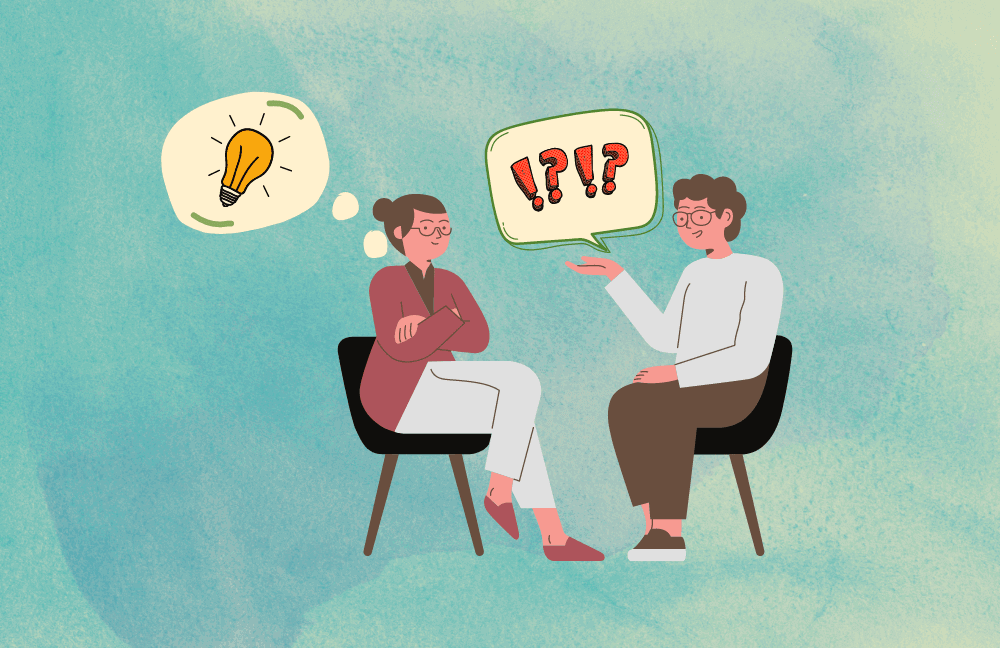
7 Reasons Why You Should Seek Therapy

5 Ways To Deal With A Toxic Coworker

Journey: Why Is It Something No-one Talks About?

Money vs. Happiness: Who Is Winning the Desperate Race?
